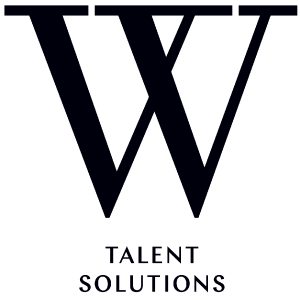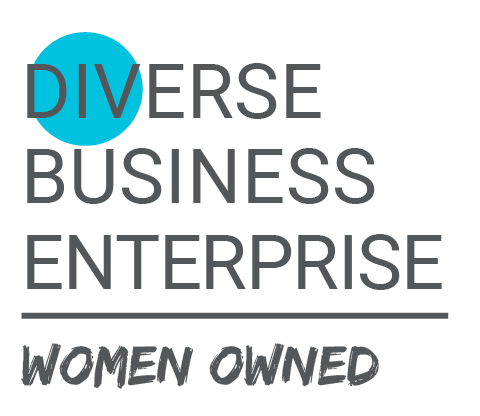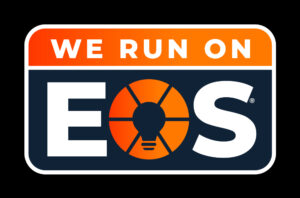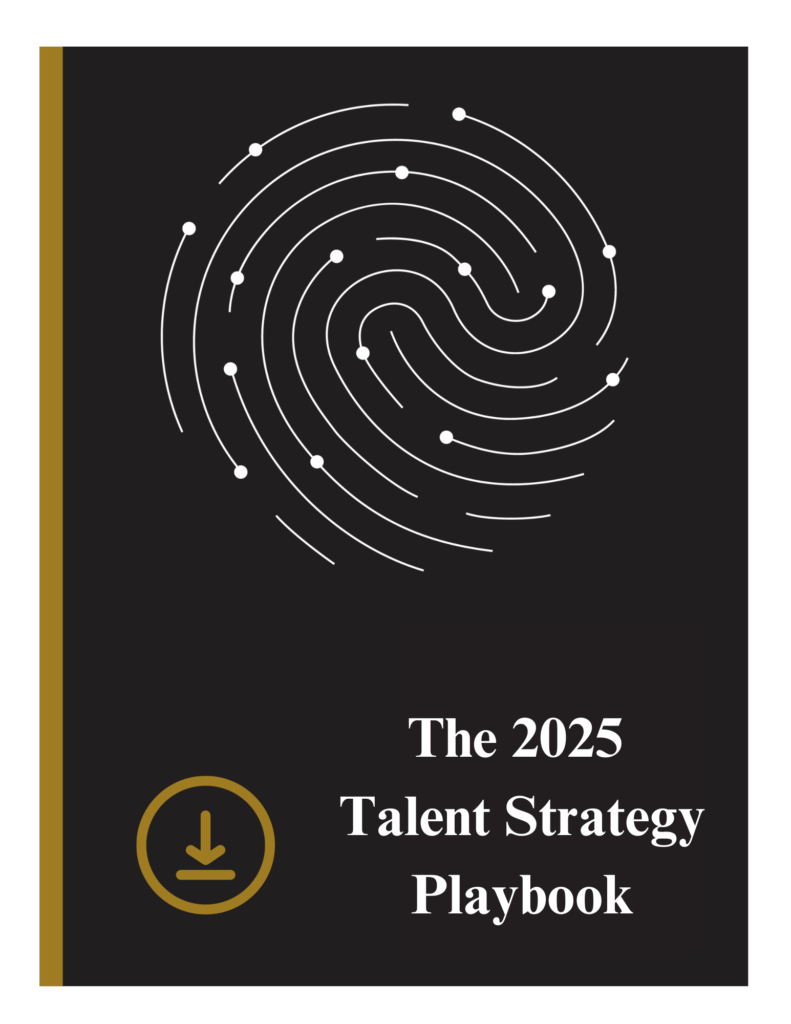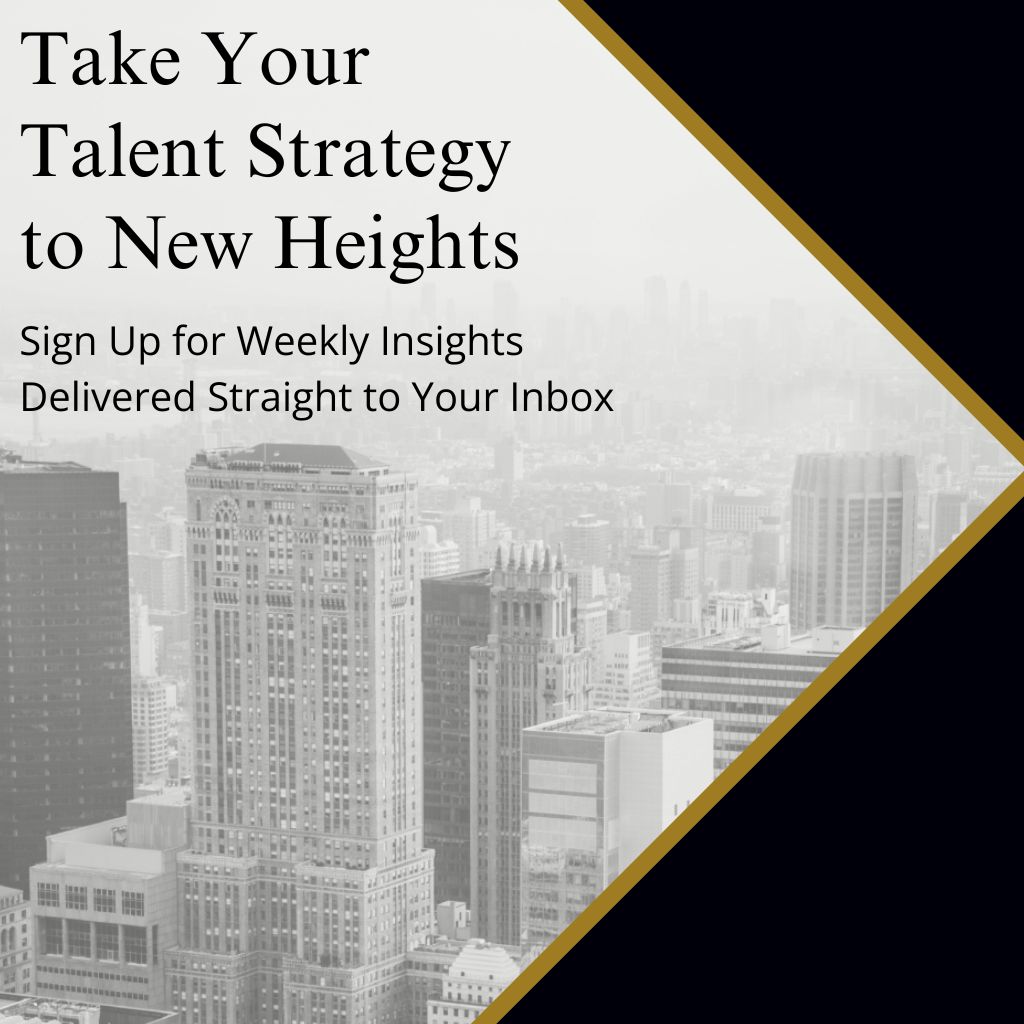by Amanda Sloan
Organizational success hinges on more than just filling open positions. It requires a strategic approach that aligns talent acquisition with long-term business goals. Enter talent mapping—a powerful tool that can revolutionize your recruitment strategy and ensure sustained success. By systematically identifying, assessing, and nurturing potential candidates, organizations can build a robust pipeline of executive talent that ensures sustained leadership excellence.
Strategic talent mapping is a critical component of successful executive recruitment. Implementing a comprehensive talent mapping strategy not only enhances the quality of hires but also aligns recruitment efforts with long-term business objectives, fostering sustained growth and innovation.
Here’s a comprehensive guide on how to leverage strategic talent mapping for success in executive recruitment.
What is Talent Mapping?
Talent mapping is a proactive approach to identifying and tracking high-potential candidates for key roles within an organization. Unlike traditional recruitment methods that react to immediate vacancies, talent mapping focuses on long-term talent acquisition, building a pipeline of leaders ready to step into critical positions as they become available.
Benefits of Talent Mapping
Proactive Talent Acquisition: By anticipating future needs, organizations can avoid the last-minute scramble to find suitable candidates. Talent Mapping ensures a continuous flow of talent, reducing the time and cost associated with urgent hiring.
Improved Candidate Quality: By continuously assessing the market, organizations can identify top-tier talent and build relationships with potential candidates over time.
Strategic Workforce Planning: Talent mapping aligns recruitment efforts with business objectives, ensuring that ideal leaders are in place to drive growth and innovation when the time is right.
Enhanced Employer Branding: Consistent engagement with high-potential candidates helps build a strong employer brand, making your organization a preferred destination for top talent.
Steps to Effective Talent Mapping
Define Your Talent Needs: Identify key roles critical to your organization’s success. Understand the competencies, skills, and experiences required for these roles. W Talent Solutions recommends utilizing an evidence-based scorecard as this framework.
Conduct Market Research: Analyze industry trends and competitor landscapes. Identify potential talent pools and key players within your industry.
Create Talent Profiles: Develop detailed profiles for each key role, outlining essential qualifications and characteristics. Include information on potential career paths and development opportunities within your organization.
Build and Maintain a Talent Database: Use advanced recruitment software to track and manage potential candidates. Regularly update candidate profiles with new information and interactions.
Engage with Potential Candidates: Establish relationships through networking events, industry conferences, and online platforms like LinkedIn. Provide regular updates on your organization’s achievements and opportunities.
Assess and Develop Internal Talent: Identify high-potential employees within your organization. Provide targeted development programs to prepare them for future leadership roles.
Monitor and Adjust Your Strategy: Continuously evaluate the effectiveness of your talent mapping efforts. Adjust your strategy based on feedback, market changes, and evolving business needs.
Best Practices for Talent Mapping
Stay Ahead of Industry Trends: Regularly update your knowledge of industry developments to identify emerging talent.
Foster Relationships: Engage with potential candidates through personalized communication and meaningful interactions.
Be Transparent: Clearly and regularly communicate your organization’s values, culture, and opportunities in order to build trust and attract top talent.
Measure Success: Use key performance indicators (KPIs) to track the effectiveness of your talent mapping strategy and make data-driven adjustments.
At W Talent Solutions, we’ve seen firsthand the transformative power of talent mapping. By implementing a strategic talent mapping process, we’ve helped numerous clients identify and secure top executive talent, driving their businesses forward. Our approach involves a deep understanding of our clients’ needs and a commitment to building long-term relationships with high-potential candidates.
Embrace talent mapping as a blueprint for your executive recruitment strategy, and watch your organization thrive with a pipeline of exceptional leaders ready to take on tomorrow’s challenges.
For more insights and strategies on talent acquisition and executive recruitment, follow us on LinkedIn and stay updated with the latest trends and best practices in the industry.














